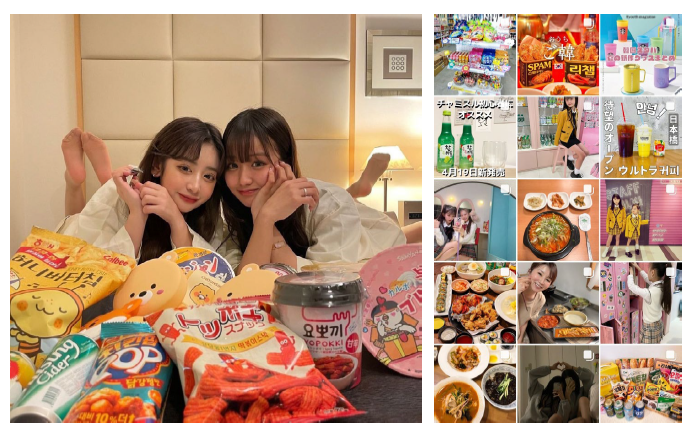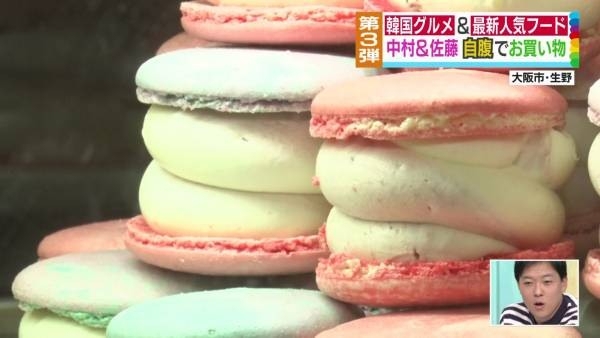
While Korean cultural contents such as K-drama (Squid Game), K-pop (BTS/Black Pink, etc.) and K-Webtoon are making strides around the world, the 4th Korean Wave (Korean Wave spread around online platforms such as Netflix) is also taking place in Japan.
According to The Nikkei, “Korea’s cultural content exports are expected to double in 2021 from five years ago,” and “Korea is far ahead of Japan in the content industry.” According to the Korea Creative Content Agency, Korean cultural content exports are expected to reach 11.56 billion dollars (about 13.8315 trillion won) in 2021, up 7% from the previous year. This is nearly twice as much as five years ago (about $6.01 billion). Regarding the broadcasting content sector, such as dramas that are popular in Japan, they said, “It is difficult to compare simply because the standards are different,” but added, “Korea’s broadcasting content exports (77 billion yen) exceeded Japan’s exports (53 billion yen) in the same year.”
“Since October last year, when the squid game, which caused a global syndrome, has been released, three to four Korean works have been steadily listed in Netflix’s top 10 non-English program viewing rankings”, they said, analyzing that such success is leading to the popularity of other Korean Wave contents. Regarding K-pop, they said, “Other popular singers such as BLACKPINK continue to come out, starting with BTS.” Comics, Japan’s proud content, is also giving way to Korea’s “Webtoon platforms” such as Pickcoma (Kakao) and Line Manga (Naver). As Naver and Kakao compete for the supremacy of webtoons read on smartphones, cartoonists around the world are increasingly posting their works on the platforms of the two companies

Along with the COVID-19 pandemic, this fourth Korean Wave is shifting to interest in various consumer products such as K-package bars, K-hair, K-food, and K-beauty.
Restaurants that seem to resemble Korean cart bars have opened everywhere from Shibuya, where young people gather, to Shinbashi, which is called the “sacred place of salaried men.” A store that sells “Korean-style fat macarons” has entered Ginza, the richest village in Tokyo.
Young people are attaching the word “Korean style” here and there. Words such as “Korean-style cafe” and “Korean-style interior” are commonly used on social media. Korean style is a generic term for Korea’s sophisticated atmosphere that can be seen on Instagram, and it is an atmosphere where you must search for “Korean style hair” before going to a hair salon.
” Tokan Gokko,” which makes you feel like traveling abroad after buying Korean food – Japanese women in pajamas are taking proof shots with Korean ramen and beverages piled up at hotels in Japan. Recently, the so-called “Tokan Gokko”, which eats Korean food, consumes content, and makes you feel as if you are on a trip to Korea, is in vogue in the younger generation of Japan.

Japan, the world’s third largest cosmetics market, is known as a “barometer” of global beauty recognition. As such, it is also considered a battleground for imported cosmetics. Among K-beauty, mask packs and liquid lipstick are driving the popularity. At the 2021 Cosme Week Tokyo, the largest cosmetics exhibition held in Tokyo last year, Korean beauty companies “Medi Hill” and “Romand” ranked first in the mask pack and lipstick categories, respectively. It is also meaningful that it is growth centered on small and medium-sized companies, not on large Korean companies. Wearing a mask due to COVID-19 has become a daily routine, and there is a strong tendency to prefer basic makeup that does not burden the skin by omitting foundation. Thanks to the success of Korean dramas through Netflix, local affinity for K-beauty has increased.
Three to four years ago, exports of consumer goods through offline buyers were the main focus, but products that had good consumer response online were linked to offline entry due to lower barriers to online entry.
MIKE CHOI
ASIA JOURNAL

